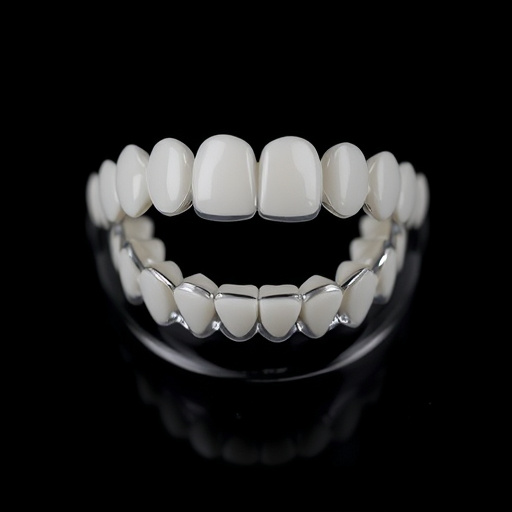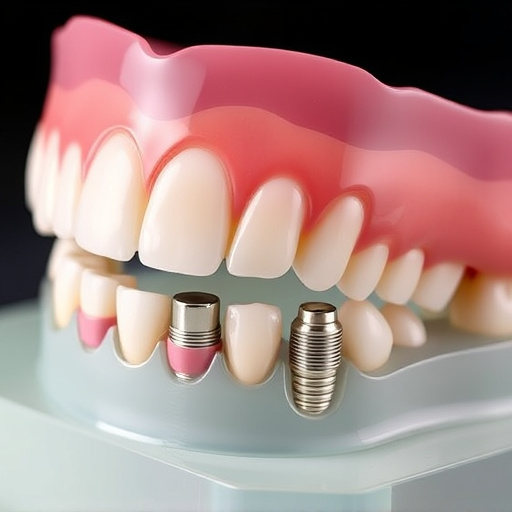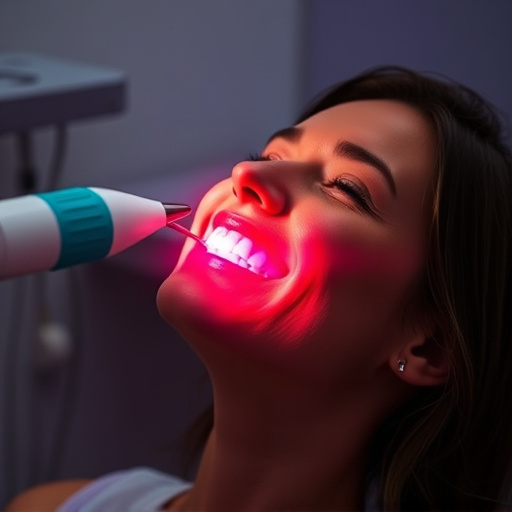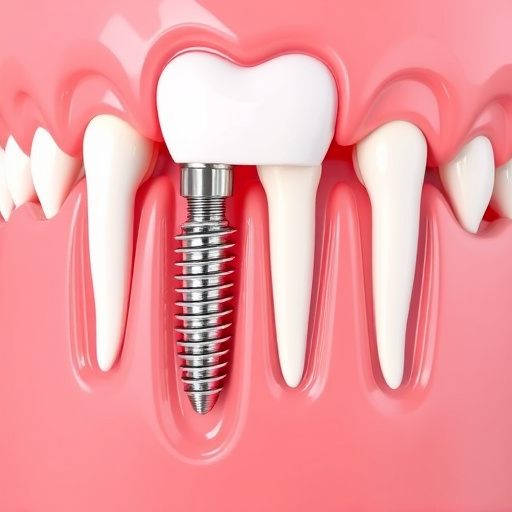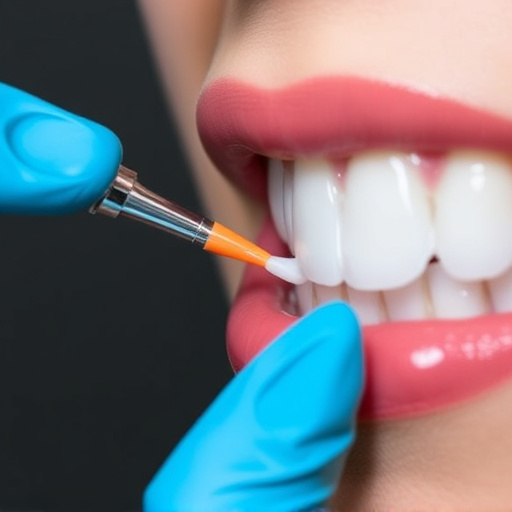Dental anxiety, driven by past traumas, pain sensitivity, or fear of procedures, hinders oral health. It leads to avoidance of care, causing delayed treatment and complex issues. Treating dental anxiety involves empowering patients through education, self-management strategies like CBT, and effective communication. Combining these methods improves patient experiences, reduces stress, normalizes procedures, and fosters control over oral health, ultimately enhancing well-being.
Dental anxiety can significantly impact a patient’s oral health and overall well-being. This article explores effective dental anxiety treatment methods that focus on empowering patients, addressing both psychological and practical aspects. We delve into the causes and consequences of this common issue, offering insights to help dental professionals provide compassionate care. Through therapeutic approaches and enhanced communication strategies, we aim to foster a sense of control and comfort for patients, ultimately improving their dental experiences.
- Understanding Dental Anxiety: Causes and Impacts
- Empowering Patients: Therapeutic Approaches
- Building Trust: Communication Strategies for Dental Professionals
Understanding Dental Anxiety: Causes and Impacts

Dental anxiety is a common condition that can significantly impact an individual’s oral health and overall well-being. It manifests as a deep-rooted fear or discomfort associated with dental procedures, often leading to avoidance of essential care. Understanding its causes is paramount in developing effective treatment strategies for those affected. Many factors contribute to this anxiety, including past traumatic experiences during dental visits, sensitivity to pain, or even the mere sight of dental instruments. Some individuals may also experience heightened anxiety due to a general fear of medical procedures or a lack of understanding of their dental issues.
The impact of dental anxiety is profound. It can deter patients from seeking regular check-ups and preventive care, leading to more severe dental problems over time. This might result in the need for extensive treatments, such as dental implants or cosmetic fillings, which could otherwise have been avoided with timely intervention. Moreover, it affects individuals’ quality of life, causing distress and potentially hindering their ability to maintain good oral hygiene. Recognizing these causes and impacts is a pivotal step in empowering patients to face and overcome their dental anxiety, leading them towards a healthier relationship with dental care.
Empowering Patients: Therapeutic Approaches

Empowering patients with knowledge is a key aspect of treating dental anxiety. Therapeutic approaches that focus on education and self-management strategies can help individuals understand their oral health better. This involves explaining procedures in simple terms, addressing any concerns or myths, and providing practical tips for maintaining good oral hygiene at home. By taking an active role in their care, patients feel more in control, reducing the overwhelming nature of dental visits. For instance, teaching techniques to manage pain during dental fillings or cleanings can boost confidence. Regular dental cleanings become less daunting when individuals know what to expect and how to take care of themselves afterwards.
Another powerful tool is cognitive-behavioural therapy (CBT), which helps patients reframe negative thoughts associated with dental procedures. Through this approach, individuals learn to challenge and change unhelpful beliefs, such as thinking that teeth cleaning is a sign of poor hygiene or that dental drills are painful. CBT encourages a more positive mindset, making dental visits less stressful. By combining these therapeutic methods, dental professionals can foster patient empowerment, ensuring individuals feel prepared and in control, ultimately improving their overall experience with dental anxiety treatment.
Building Trust: Communication Strategies for Dental Professionals
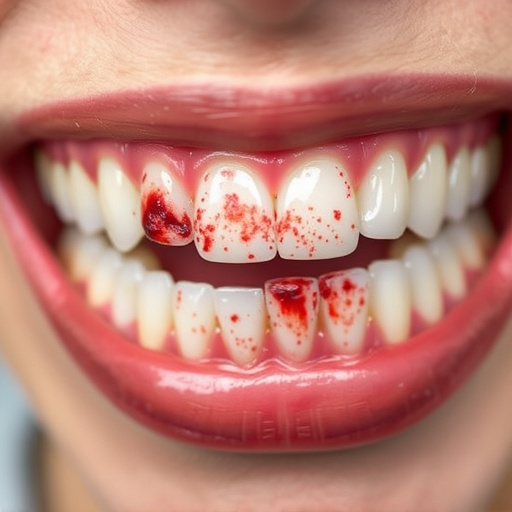
Effective communication forms the cornerstone of building trust between dental professionals and patients suffering from dental anxiety. When addressing patient fears, dentists should create a calm and supportive environment, actively listening to their concerns. Using simple, non-technical language can significantly ease anxiety. For instance, instead of mentioning “root canal,” a dentist could describe the procedure as “a gentle process to repair your tooth.” This approach normalizes the experience, making patients feel more at ease.
Empowering patients involves educating them about their dental health and treatment options. Dental professionals should explain various procedures, including modern alternatives like clear aligners for straightening teeth or family dentistry services for comprehensive care, especially for children. By providing detailed information, dentists enable patients to make informed decisions, fostering a sense of control and confidence in the dental chair. This strategic communication is key to overcoming dental anxiety and improving patient experiences during tooth repair procedures.
Dental anxiety treatment that fosters patient empowerment is a multifaceted approach combining understanding, therapeutic techniques, and effective communication. By addressing the causes and impacts of dental anxiety, empowering patients through education and participation, and building trust through open dialogue, dental professionals can significantly improve patient experiences. This holistic strategy not only enhances patient comfort but also promotes better oral health outcomes, making dental visits more positive and less stressful. Effective dental anxiety treatment is a game-changer in creating a welcoming and supportive environment for all patients.








